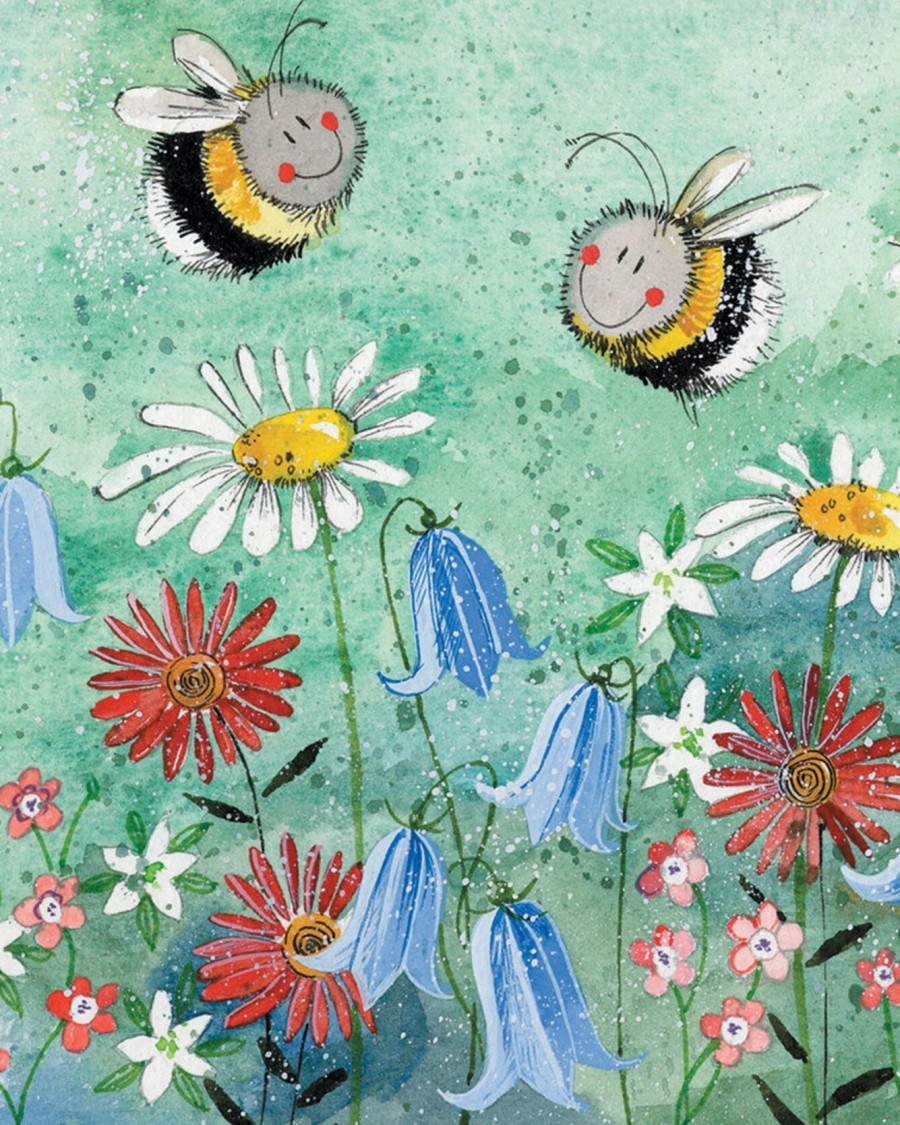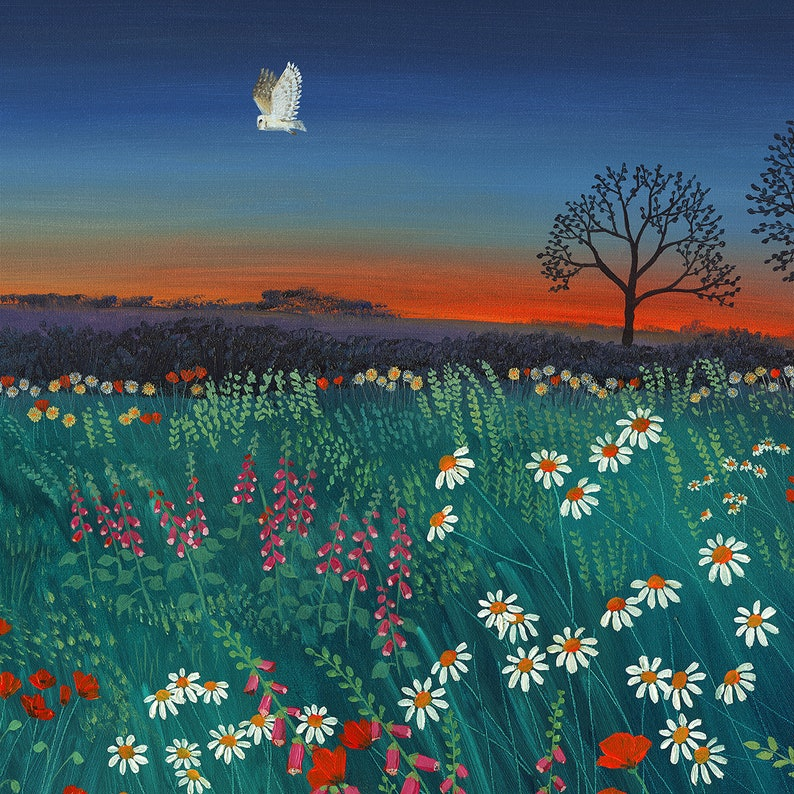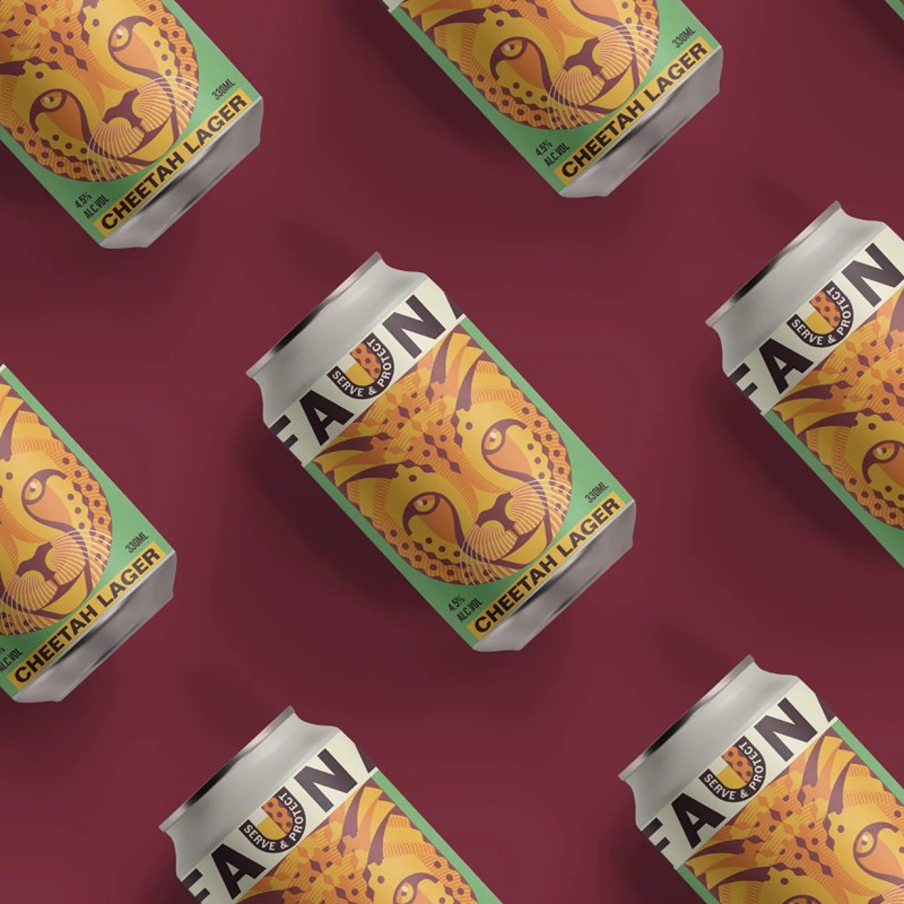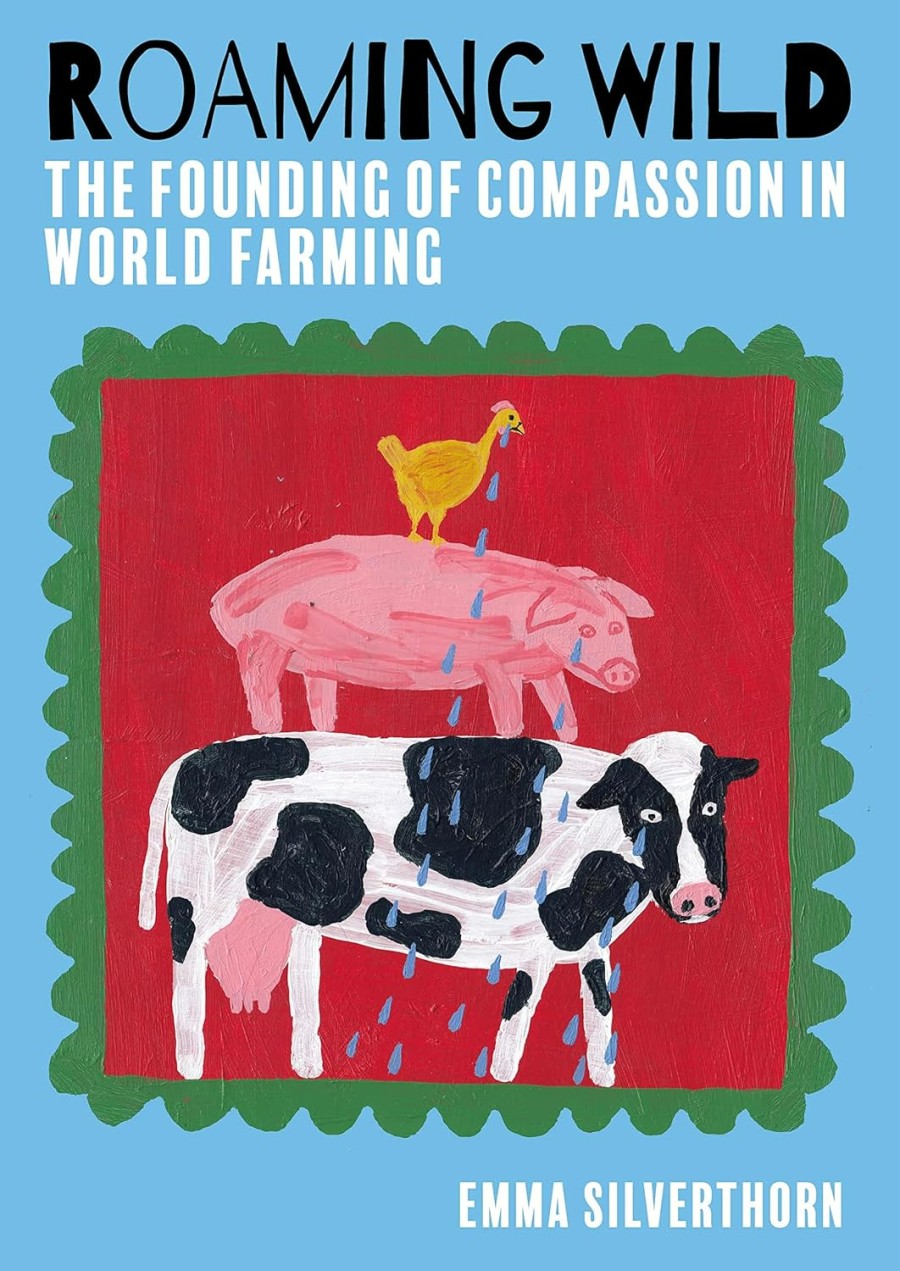
England used to be awash with beautiful wildflower meadows, but in recent years modern farming and building has meant many have been lost. Not only are they beautiful, but they also provide important habitats for pollinating wildlife like bees and butterflies. They also provide food for birds and endangered dormice.
If visiting wildflower meadows, always keep to the paths on field edges, to protect the flowers and native wildlife that live nearby. Never drop litter (especially cigarette butts which can cause wildfires).

Most meadows peak in summer with the buzz of insects and fluttering wings of butterflies, dragonflies and damselflies. Maple, hazel and hawthorn trees provide homes for wildlife, and you can also find bee orchid flowers (that look like bees) on open ground. Water meadows support skylarks and meadow pipits. Meadow brown butterflies are also found in wildflower meadows.
grow your own wildflower meadow

You can grow wildflower meadows on spare patches of unused land. Learn how to make your garden safe for pets (many flowers including poppies are unsafe).
- You can plant a mini meadow with just 50 square feet and £10 by creating boggy spots and nesting areas for bees and butterflies. Learn how to choose the right seeds, prepare the soil, water your meadow and beautify an unused piece of bare land or boggy spot, to provide homes for bees and butterflies.
- Planting Wildflowers: A Grower’s Guide is a beautifully illustrated and practical guide to encourage more pollinators to your outdoor space. Packed with environmental and habitat information and planting ideas, use native blooms to rewild your outdoor space. Learn how to choose varieties to suit your growing conditions and size of space.
- Tiny + Wild is a book to help you build a small-scale meadow anywhere. These low-maintenance and no-mow ideas support nature and biodiversity, and can be planted in the small corner of a yard. You can even plant a mini-meadow in a raised bed. Includes tips for watering and care, and plant lists and charts.
- Where the Wildflowers Grow is a botanical journey through Britain and Ireland by Leif Bersweden, who has always been fascinated by local plants, and often spent afternoons look for plants in his native area. He journeys over a year from the Cornish coast to pine forests of Scotland to London streets, to find a landscape fast disappearing due to habitat destruction.
where to buy wildflower seeds
British Wildflower Seeds is the main store to choose. It says that it’s very difficult to harvest organic wildflower seeds, and offers one from Dorset. But it works with small-scale harvesters and growers and also offers a consultancy service. It’s not usually a good idea to sow wildflowers onto grass (they don’t repond to high nutrient levels, so do a soil test). Habitat Aid sells plug plants for specific conditions (chalky or heavy soils, green roofs, gravel & rock gardens, coastal areas and shady, sunny or wet sites).
turn unused lawns into meadows
Lawns into Meadows is shows how to turn (unused) lawns into low-maintenance and eco-friendly meadows with native grasses, in a world where conventional lawns (with chemicals) have wreaked havoc on natural ecosystems. Learn how to plot and design your meadow, and choose organic plants, then also learn how to become a meadow activist! Includes before/after photos. The landscape architect author was raised in rural Maine (USA), and runs a non-profit that encourages grassroots generations of landscapes.






